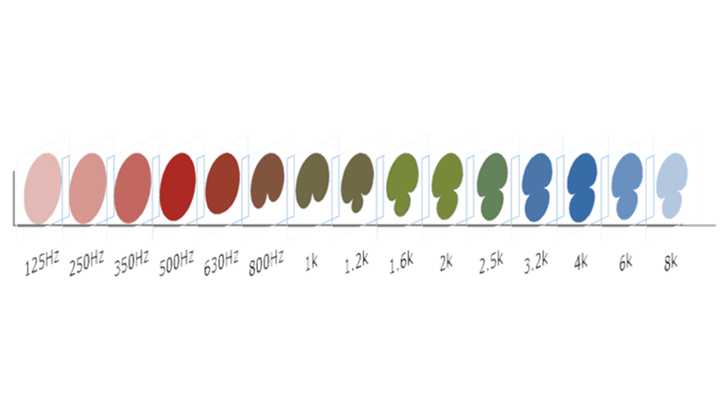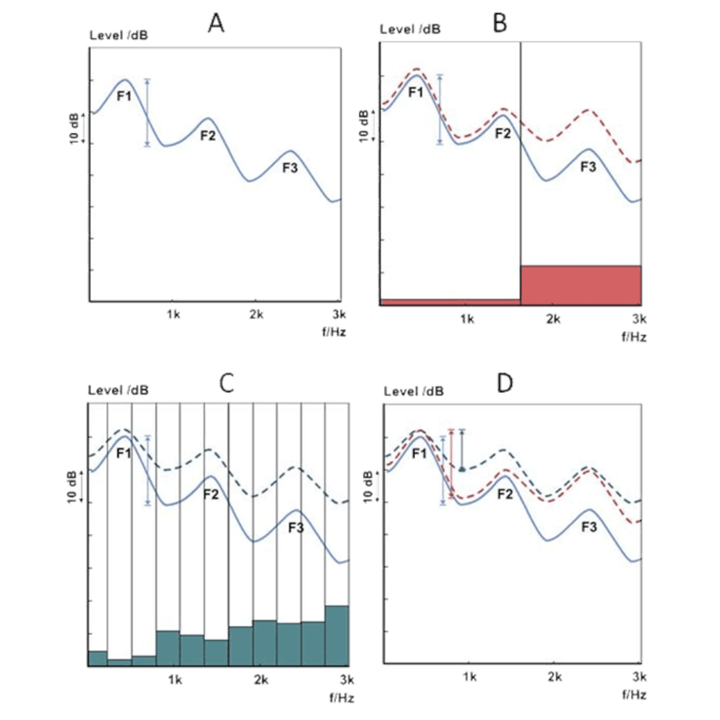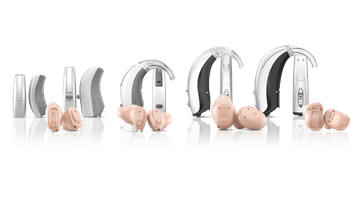
Multi-channel processing in hearing aids: is more better?
For a consumer, getting more while paying the same (or even less) is a strong incentive. who would not want to get two suits for the price of one, or better yet, four suits for the price of one?
Created Updated
Written by Francis kuk , ph.d, vp clinical research, Widex ORCA-USATechnology articles
What is a channel?
A channel is a filter that covers a range of frequencies that is analyzed, processed, and reproduced by the hearing aid in the same manner. For example, a broadband or single channel hearing aid with a bandwidth between 100 Hz and 8000 Hz treats all incoming sounds within that frequency range as one sound. The average level of that sound across all frequencies (100-8000 Hz) is computed (or analyzed). It is processed with the same gain across all frequencies, and produced (or outputted) as one sound with its original details, except louder.
A multi-channel hearing aid does not mean a hearing aid with a broader bandwidth (i.e., covering more frequencies). Rather, it means that the hearing aid divides the incoming sounds into different frequency regions for separate analysis, processing, and reproduction. For example, a 3-channel hearing aid may treat all sounds below 1000 Hz as the low frequency channel; all sounds between 1000 and 3000 Hz as the mid frequency channel, and all sounds above 3000 Hz as the high frequency channel. The average level of that sound in each low, mid, and high frequency region will be computed (or analyzed). Depending on the hearing loss of the wearer in each frequency region, a different gain is assigned. The final output is the sum of the outputs in each channel.
So, what are the benefits of multiple channels?
The advantages of a hearing aid with multiple channels can be seen in the following features:
- Complex auditory scene analysis – the sound pressure levels in more discrete frequency regions can be identified more precisely, leading to a better identification of the sound environment for proper subsequent processing (such as compression and noise reduction).
- Multi-path active feedback cancellation – the action of the gain limitation during the Dynamic Cancellation Optimizer (DCO) can be limited to a narrower range of frequencies, thus preserving the audibility of the other frequencies.
- Noise reduction - the algorithm can identify more precisely which frequency region is noise (and which speech) and reduce gain only in the frequency region where noise is present. This preserves speech audibility while improving listening comfort.
- HD Locator - the directional microphone can change to different directional polar patterns for different frequencies. This preserves and improves speech audibility in noise (see Figure 1 below).
- Target gain match - the frequency response and compression settings can be matched to more configurations of hearing losses, especially the atypical ones. This ensures consistent speech audibility.
- Narrow band Automatic Output Control (AOC) - output limitation is restricted to a narrow frequency range, preserving audibility of other sounds.

Figure 1: Different polar patterns in each of the 15-channels of the HD Locator.
Is there any downside to a multichannel hearing aid?
Listeners, and especially those with more severe hearing losses, need such contrast for proper speech identification. The following figure illustrates how spectral smearing occurs with multiple channels.

So, is multichannel good or bad?
Look beyond the number of channels
UNIQUE PUSHES THE LIMITS
With the WIDEX UNIQUE™ hearing aid we have refined the entire process of digital sound processing to push the barriers of performance.
Improved A/D convertors for incredibly wide input, a sound classifier for intelligent listening and the Wind Noise Attenuation system that dramatically reduces wind noise by 8.4 dB – UNIQUE is like no other hearing aid.
